Table of content
Coleslaw, a beloved dish found in kitchens, picnics, and restaurants worldwide, is a testament to the magic of simple ingredients transformed into something extraordinary. At its core, this crunchy, vibrant salad celebrates the humble cabbage, elevated by a tangy dressing and a medley of complementary flavors. Whether you’re a seasoned home cook or a novice in the kitchen, mastering the art of cabbage salad—commonly known as coleslaw—is a culinary skill that rewards with versatility, freshness, and endless creativity. This article delves into the history, techniques, and secrets behind crafting the perfect coleslaw, ensuring your next batch is a crowd-pleasing sensation.
The Humble Beginnings of Cabbage Salad
Before diving into recipes, it’s fascinating to explore the origins of cabbage salad. The term “coleslaw” derives from the Dutch koolsla, meaning “cabbage salad.” Brought to America by European immigrants, this dish evolved from a basic mixture of shredded cabbage and vinegar into the creamy, mayo-based version we know today. Over centuries, it has adapted to regional tastes, with variations incorporating carrots, apples, spices, and even fruits like pineapple. Despite its simplicity, coleslaw remains a staple for its ability to refresh the palate, cut through richness, and add a satisfying crunch to meals.
Essential Ingredients for Crispy Cabbage Salad
The beauty of coleslaw lies in its adaptability, but certain ingredients form the backbone of a classic recipe. Here’s a breakdown of the key components:
- Cabbage: The star of the show. Green cabbage offers a mild, peppery flavor, while red cabbage adds a pop of color and earthy sweetness. Napa cabbage, with its delicate leaves, is another excellent option for a softer texture.
- Carrots: Grated carrots contribute natural sweetness and a bright orange hue, balancing the cabbage’s crunch.
- Onions or Scallions: Thinly sliced red onions or fresh scallions add a hint of sharpness. For a milder taste, soak sliced onions in ice water for 10 minutes to mellow their bite.
- Herbs: Fresh cilantro, parsley, or dill can elevate the salad’s freshness. Dried herbs like celery seeds or mustard powder also work wonders.
- The Dressing: A creamy emulsion typically combines mayonnaise, vinegar (apple cider or white wine), sugar, and seasonings. For a lighter twist, substitute Greek yogurt or buttermilk.
Step-by-Step Preparation: From Cabbage to Crispy Perfection
Selecting and Prepping the Cabbage
- Choosing the Right Cabbage: Opt for firm, heavy cabbages with crisp leaves. Avoid wilted or bruised specimens.
- Washing and Drying: Rinse the cabbage under cold water, then pat dry thoroughly. Excess moisture can dilute the dressing.
- Shredding Techniques:
- Knife Skills: Slice the cabbage into thin ribbons by halving it, removing the core, and shredding each half with a sharp knife.
- Mandoline Slicer: For uniformity, use a mandoline adjusted to a 1/8-inch setting.
- Food Processor: Most processors have a shredding attachment for quick, even results.
Tenderizing the Cabbage (Optional)
Some recipes call for salting the cabbage to soften its fibers and remove excess water. While this step is traditional, it’s not mandatory. Here’s how:

- Toss shredded cabbage with 1–2 teaspoons of kosher salt.
- Let it sit in a colander for 30–60 minutes.
- Rinse thoroughly under cold water and squeeze dry with a clean kitchen towel.
Preparing the Vegetables
- Carrots: Peel and grate using the fine side of a box grater or a food processor’s shredding disk.
- Onions: Slice paper-thin using a sharp knife or mandoline.
- Herbs: Chop herbs just before serving to preserve their flavor.
Crafting the Dressing
The dressing is the soul of coleslaw. Here’s a classic recipe to start with:
- Ingredients:
- 1 cup mayonnaise (or a mix of mayo and Greek yogurt)
- 2 tablespoons apple cider vinegar
- 1 tablespoon sugar (or honey for a floral note)
- 1 teaspoon Dijon mustard
- 1/2 teaspoon celery seeds (optional)
- Salt and black pepper to taste
- Method:
Whisk all ingredients in a bowl until smooth. Taste and adjust seasonings—add more vinegar for tang, sugar for sweetness, or mustard for complexity.
Assembling the Salad
- Combine Ingredients: In a large mixing bowl, toss the cabbage, carrots, onions, and herbs.
- Add Dressing: Pour the dressing over the vegetables. Start with three-quarters of the mixture, adding more as needed.
- Mix Gently: Use tongs or clean hands to coat the vegetables evenly without bruising them.
Chilling and Serving
- Refrigerate: Let the coleslaw chill for at least 30 minutes to allow flavors to meld. For best results, serve within 4 hours of preparation.
- Serving Suggestions: Pair with grilled meats, tacos, sandwiches, or as a standalone side. Garnish with a sprinkle of paprika or chopped nuts for texture.
Pro Tips for Coleslaw Mastery
- Texture Control: Overdressing leads to sogginess. Add dressing gradually and stop when the cabbage is lightly coated.
- Customization:
- Spicy Kick: Add jalapeños, hot sauce, or a pinch of cayenne.
- Fruity Twist: Toss in diced apples, grapes, or dried cranberries.
- Asian-Inspired: Swap the mayo for sesame oil, rice vinegar, and a dash of soy sauce.
- Dietary Swaps: Use vegan mayo, avocado, or tahini for dairy-free options.
- Storage: Coleslaw keeps refrigerated for 2–3 days, though the cabbage will soften over time.
Troubleshooting Common Issues
- Soggy Coleslaw: Over-salting or excess dressing are culprits. Next time, reduce the salt and dressing quantity.
- Bland Flavor: Amplify with fresh herbs, lemon juice, or a dash of Worcestershire sauce.
- Too Tangy: Balance with a pinch of sugar or a dollop of mayo.
The Science Behind Crispy Cabbage
Why does cabbage stay crisp in coleslaw? The answer lies in its cell structure. Cabbage cells are rigid, filled with water, and surrounded by tough cell walls. When shredded, the edges release moisture, but the core remains intact. Salting draws out excess water, preventing sogginess. Meanwhile, the acid in vinegar helps preserve texture by slowing enzymatic breakdown.
Cultural Variations of Cabbage Salad
Coleslaw’s adaptability shines in global cuisines:
- German-Style: Shredded cabbage with caraway seeds and a vinegar-based dressing.
- Korean Kimchi Slaw: Mixed with gochugaru (red pepper flakes), garlic, and fish sauce.
- Mexican Curtido: A fermented slaw with oregano and chili flakes.
- Japanese Carrot-Ginger Slaw: Thinly sliced vegetables tossed in a rice vinegar and ginger dressing.
Pairing Suggestions: Beyond the Barbecue
While coleslaw is a barbecue staple, its potential extends further:
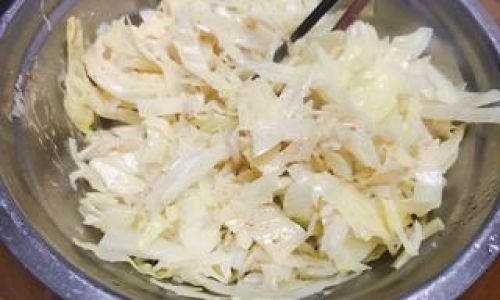
- Tacos: Crunchy slaw balances spicy fillings.
- Burgers: Replace lettuce with slaw for added texture.
- Salads: Use as a base for grilled chicken or shrimp.
- Wraps: Fill tortillas with slaw, avocado, and hummus.
Conclusion: The Joy of Cabbage Salad
Cabbage salad is more than a side dish—it’s a canvas for creativity. By mastering the basics of shredding, dressing, and balancing flavors, you unlock a world of possibilities. Whether you prefer it creamy, tangy, spicy, or sweet, coleslaw rewards experimentation. So grab a head of cabbage, sharpen your knife, and embark on a culinary adventure. Your taste buds—and your guests—will thank you.
Final Thought: The next time you’re at the grocery store, don’t overlook that unassuming cabbage. With a little love, it becomes the star of your table, proving that sometimes, the simplest ingredients shine brightest.
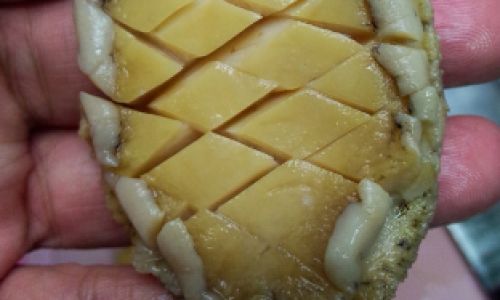
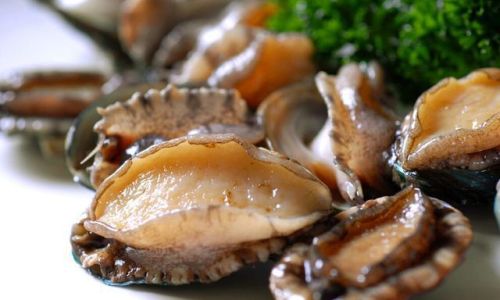
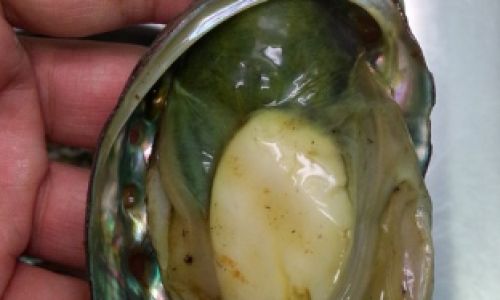

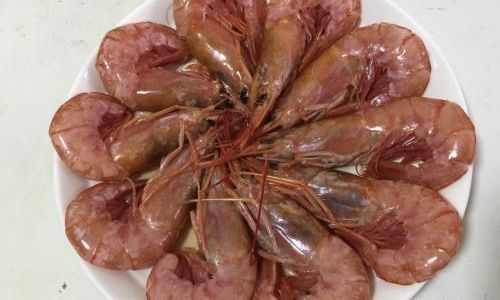
0 comments